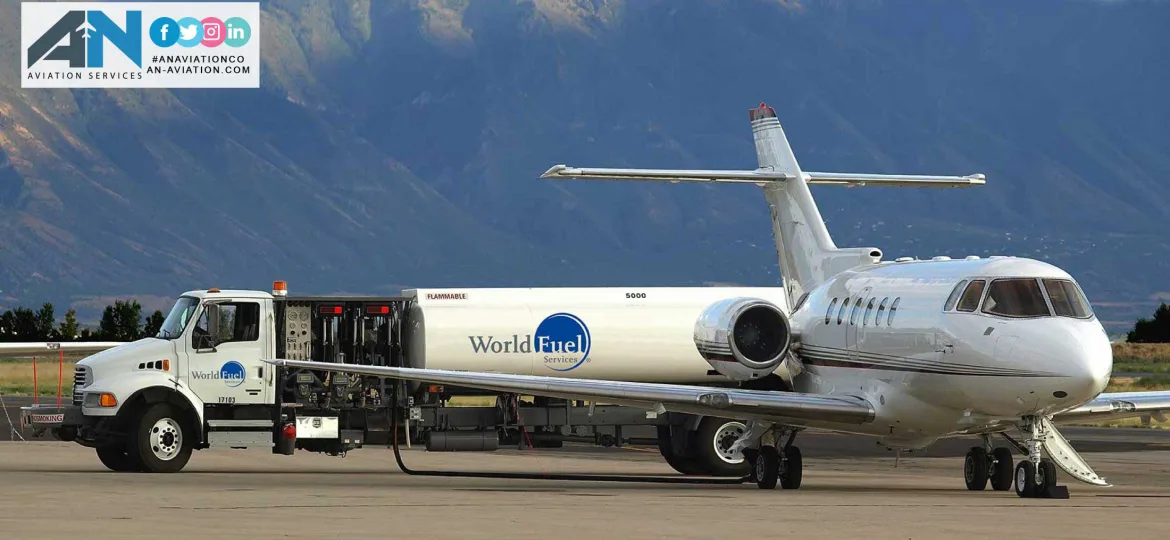Among the many systems designed to prevent accidents, the Airborne Collision Avoidance System (ACAS) stands out as a critical technology for ensuring mid-air collision prevention.
With mounting pressure to reduce greenhouse gas emissions and combat climate change, innovative solutions are being explored to replace conventional jet fuel derived from crude oil.
As technology continues to reshape industries around the world, international travel is no exception. Enter the digital passport—a modern solution to make traveling easier, faster, and more secure.
The aviation industry is constantly evolving, with new technologies transforming the way we experience air travel. From artificial intelligence (AI) to augmented reality, airlines are adopting innovations that promise to make flying smoother, faster, and more personalized.
If you’ve ever wondered how much aircraft fuel is required for a flight, you’re not alone. Whether it’s a short hop between cities or a long-haul international journey, calculating fuel for an aircraft involves careful planning and precise regulations.
The Beluga Airbus—with its distinctive whale-like shape—is one of the most recognizable cargo planes in the world. Officially known as the Airbus A300-600ST Beluga, this massive aircraft was developed to transport large and heavy components.
When it comes to pilot jobs, there’s often confusion between airline and commercial pilots. While the two terms are sometimes used interchangeably.
Becoming a flight attendant might seem like an exciting opportunity to travel the world and meet new people, but landing a flight attendant position involves meeting some surprisingly specific requirements.









